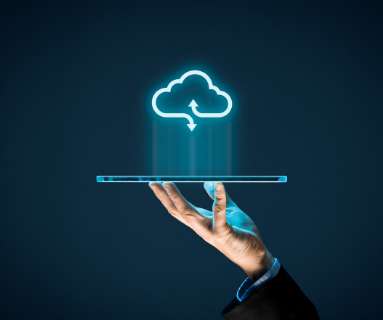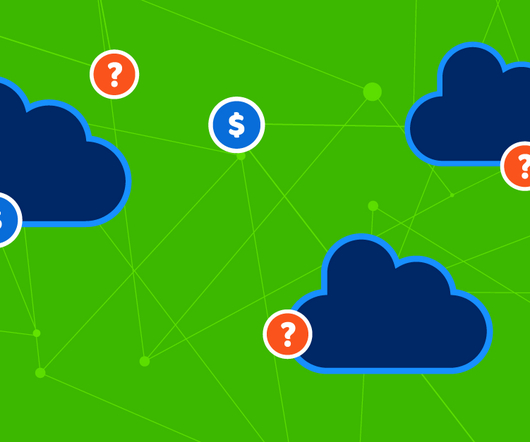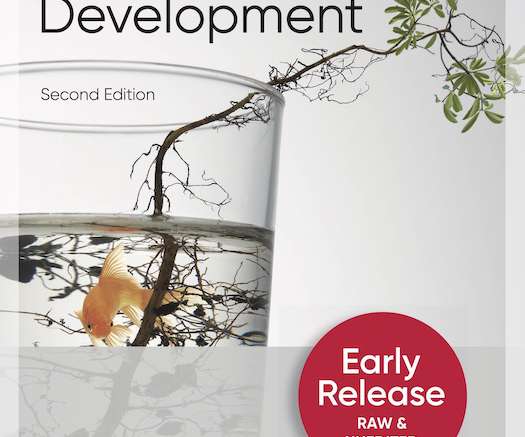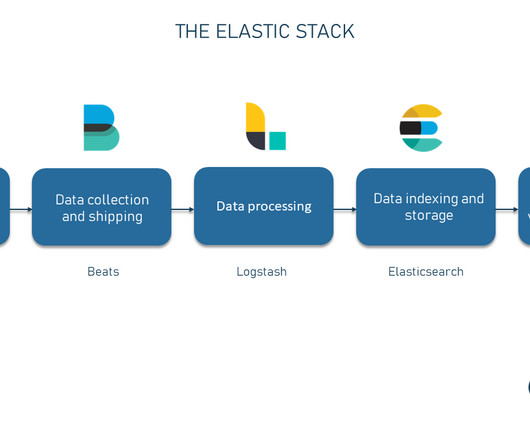Serverless in 2019: From ‘Hello World’ to ‘Hello Production’
Stacks on Stacks
JANUARY 8, 2019
As the CEO of Stackery, I have had a unique, inside view of serverless since we launched in 2016. I get to work alongside the world’s leading serverless experts, our customers, and our partners and learn from their discoveries. It’s a new year: the perfect time to take stock of professional progress, accomplishments, and goals.
























Let's personalize your content